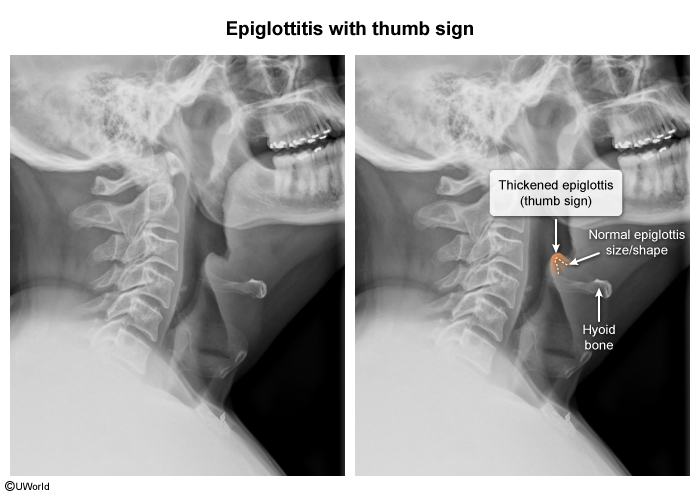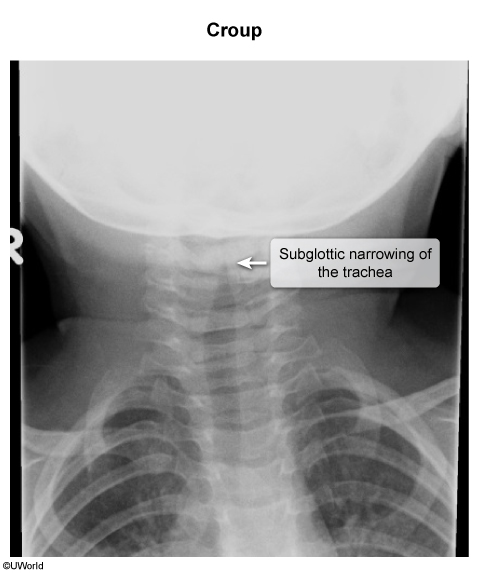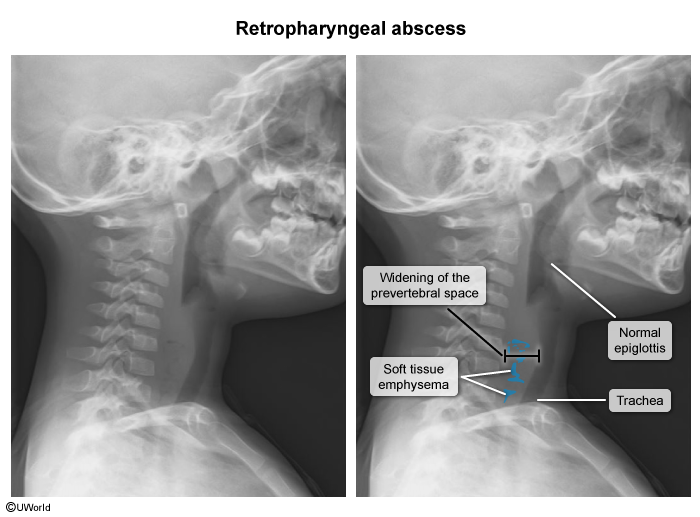Epiglottitis
Article Sections
Introduction
Epiglottitis is inflammation of the epiglottis and adjacent structures that most commonly occurs due to bacterial infection. Prompt diagnosis and treatment are required to prevent life-threatening airway obstruction.
Pathophysiology and risk factors
Epiglottitis most commonly occurs due to bacterial infection, although viral, fungal and noninfectious causes are possible. Predisposing epiglottal epithelial injury occurs due to a precedent viral upper respiratory tract infection or trauma from swallowing food. Bacteria from the nasopharynx directly invade the injured epiglottal epithelium, triggering an inflammatory response with rapidly progressive supraglottic swelling that can lead to airway obstruction. Specifically, the most common causes of epiglottitis include:
- Bacterial: Haemophilus influenzae type b (Hib), nontypeable H influenzae, Staphylococcus aureus, Streptococcus pneumoniae, and S pyogenes
- Viral: influenza, herpes simplex virus, parainfluenza virus
Continue Learning with UWorld
Get the full Epiglottitis article plus rich visuals, real-world cases, and in-depth insights from medical experts, all available through the UWorld Medical Library.
Figures
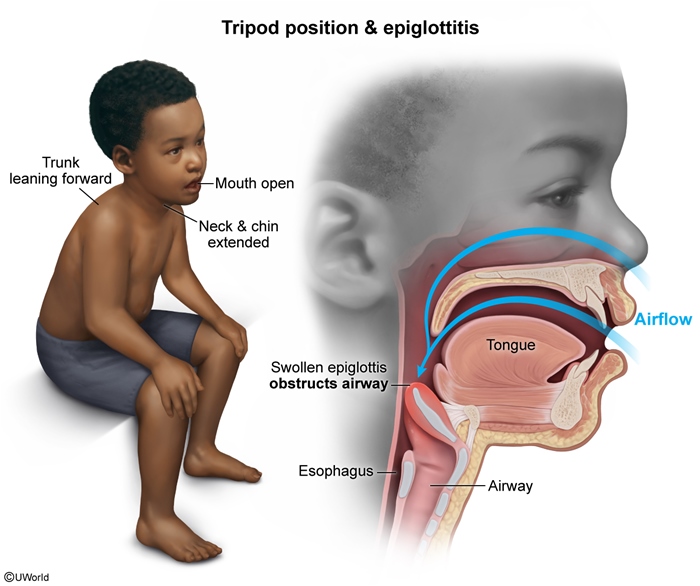
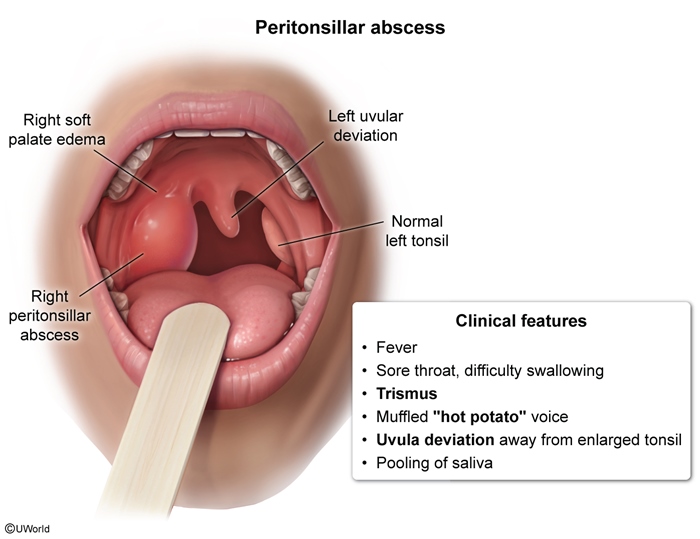
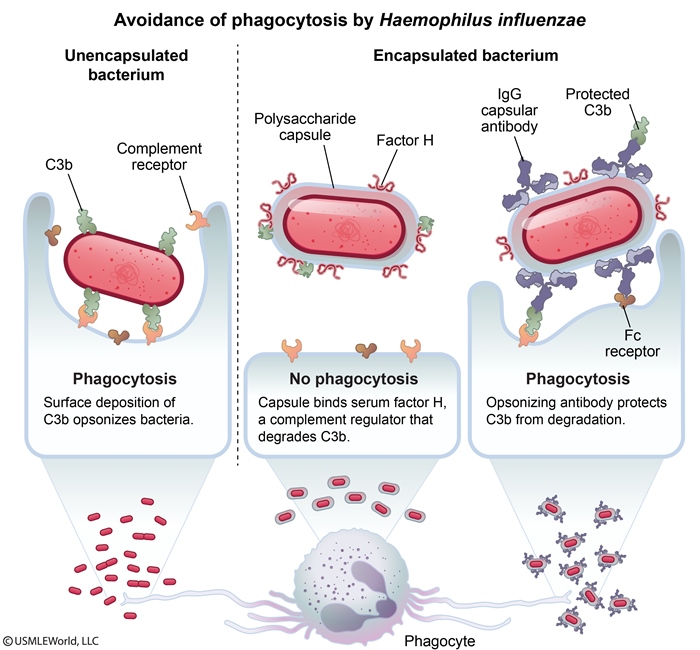
Images
